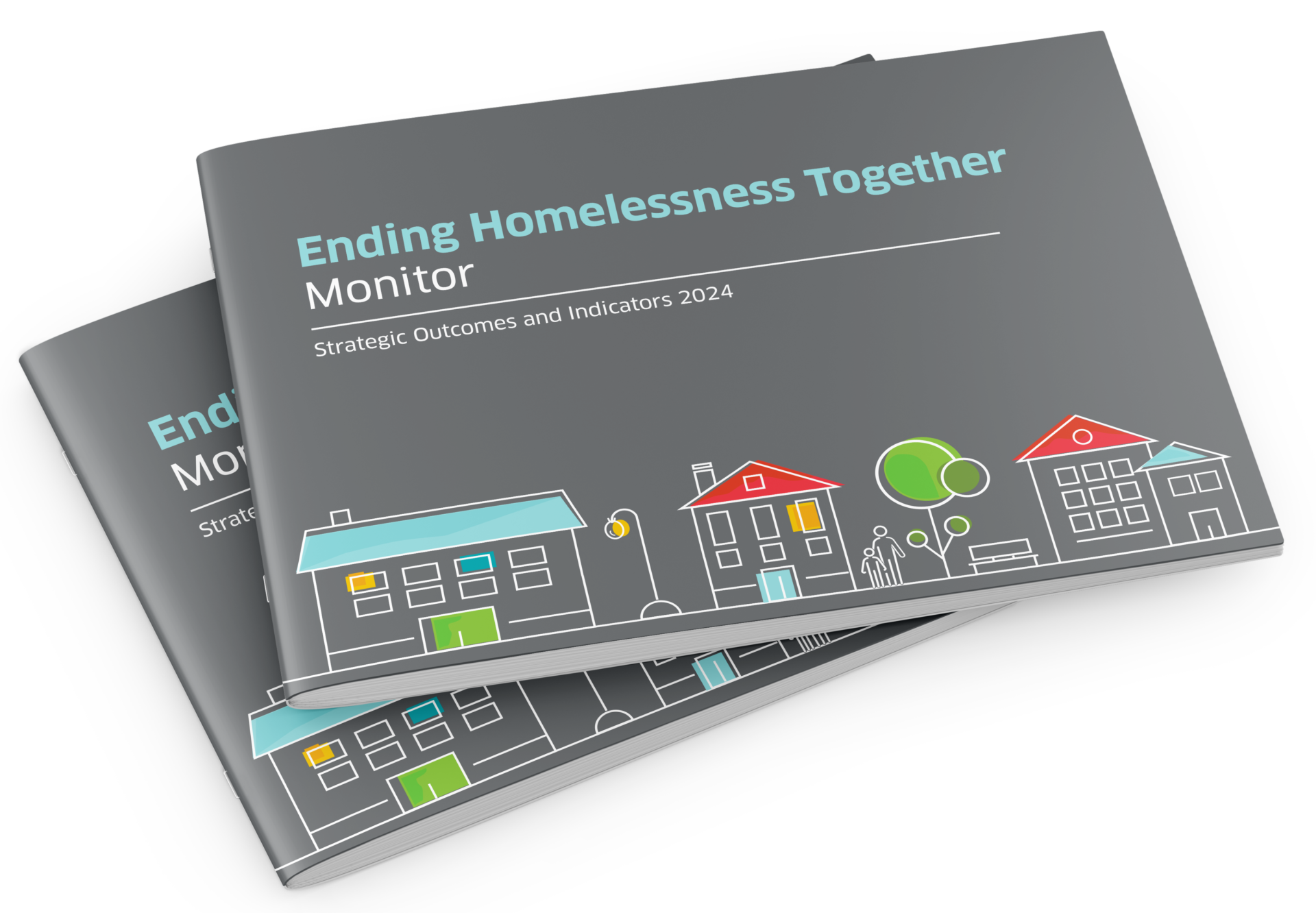Scottish Government commissions monitor on homelessness

A coalition of experts has called on local and national government to adopt a groundbreaking new tool created to measure progress being made towards ending homelessness in Scotland.
The Ending Homelessness Together Monitor is designed to report on indicators that reflect the entwined and predictable causes of homelessness including poverty, inequality, labour markets and welfare levels as well as housing supply and affordability.
A report from the Measuring Impact Task and Finish Group, appointed by the Scottish Government and COSLA, states that this evidence will show how wider factors drive homelessness and help decision makers to allocate the right resources and services to maintain progress towards ending it.
But the report, published today, said the experiences of people and families must also be part of the bigger picture alongside a suite of robust data and evidence.
Insight into the reality of services from All in For Change, a platform for people with lived experience of homelessness, defined factors that matter on the ground including how people were treated and the quality of services they used, while priorities for keyworkers included pay and caseload levels. These inputs will enable the monitor to measure progress towards more person-led services.
New data sets will also allow the monitor to show the impact of the new prevention duties on public sector bodies, due to be written into law in the Scottish Government’s forthcoming Housing Bill.
The new framework has been developed to measure progress towards commitments in the Scottish Government and COSLA joint Ending Homelessness Together Plan. It will use and improve existing housing and homelessness indicators, while also plugging data gaps.
Strategic outcomes of the monitor include providing sufficient social and affordable homes; fewer households and children in poverty; decreasing homelessness; equality in housing outcomes; more choice and control for people in services and a more equipped and enabled workforce.
The key recommendation in the Measuring Impact Task and Finish Group’s final report is that the Scottish Government, COSLA and local partners adopt the monitor.
Housing minister Paul McLennan said: “I am very grateful to the co-chairs, Maggie Brünjes and Gavin Smith, and to the other members of the group for the time and consideration they gave to this particular challenge.
“We want to get better at measuring progress towards ending homelessness in Scotland and understand how our interventions are helping people. We also want to maximise the impact of every pound spent on preventing and ending homelessness. We will consider the group’s report and recommendations very carefully and respond in due course.”
Maggie Brünjes, chief executive of Homeless Network Scotland and co-chair of the group, said: “The Ending Homelessness Together Monitor will enable us to better measure, across a carefully selected set of indicators, whether we are getting closer to ending homelessness in Scotland.
“This has been an important collaboration across academia, policy, government and the third sector. Gathering knowledge of what matters on the ground to people is vital, and the input of All in For Change will help to ensure that we put people at the heart of measuring progress.”
Group co-chair Gavin Smith, chair of the Chartered Institute of Housing Scotland and service manager at Fife Council, said: “The wider structural causes of homelessness clearly demonstrate that the housing and homelessness sectors do not hold all the levers needed to end homelessness.
“It follows that this framework shows how complex factors create unique experiences of homelessness. The monitor will provide robust evidence of policy impact and progress, helping decision makers to direct resources and tools in a targeted way, so we strongly recommend that it is adopted next year.”
The monitor and report have been submitted formally to the Scottish Government and will go out to the wider public sector for consultation on implementation early 2024.








